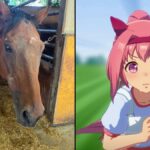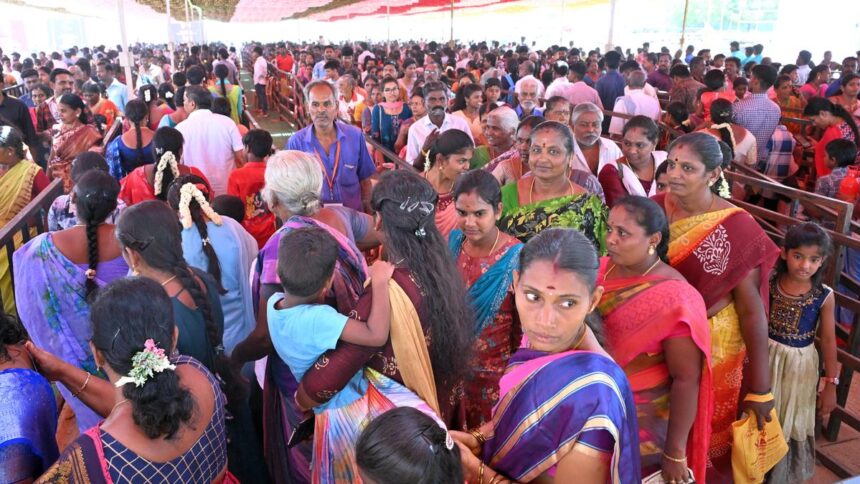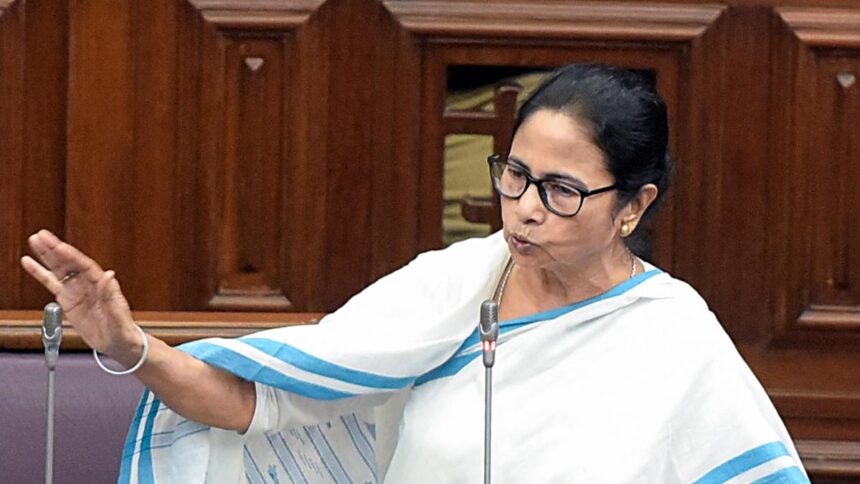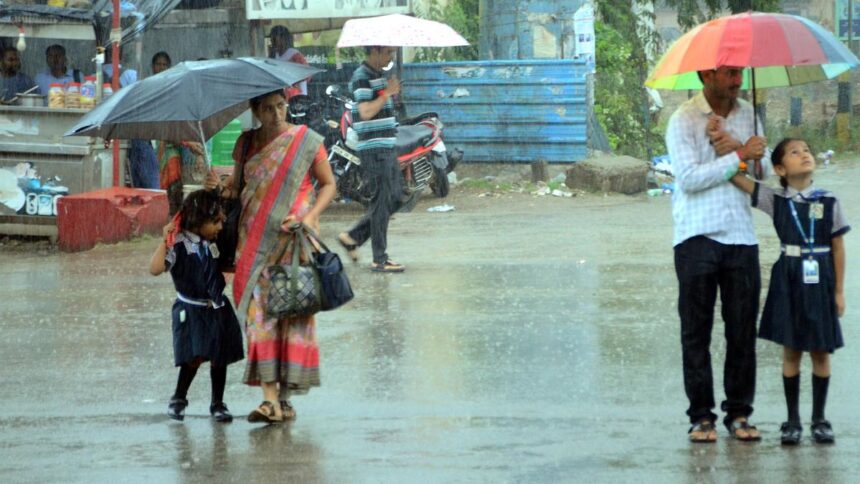
Sowjanya Narsipuram
| Photo Credit: Special Arrangement
As Indians, it has taken us a fair bit of time to acknowledge something crucial about our own cuisine — its variety. For the longest time, Indian food, particularly abroad, has been reduced to tikkas, chicken makhani and the like. But scratch the surface and it becomes clear just how dramatically things change from one region to the next. Having lived in South India for over two decades, I have come to appreciate just how diverse Telugu cuisine (spanning Telangana and Andhra Pradesh) is, varying not just between states but from district to district.
It was Sowjanya Narsipuram, a home chef from Srikakulam who documents the food of her region , recently introduced me to the cuisine of Uttar Andhra, or North Andhra . At first, I assumed it was just another clever rebranding of the familiar; perhaps a new spin to market something old. I was wrong. The ‘new’ was not in the invention, but in the discovery.

Sowjanya focuses on the culinary traditions of Vizianagaram, Visakhapatnam and Srikakulam, and I could not help but wonder— how different could the food really be? As it turns out, quite a lot. “It’s all in the ingredients,” Sowjanya explained, patiently answering each of my doubts. “There’s extensive use of pulses and beans. And in some dishes, it’s the garnish — a sprinkling of mustard powder — that makes the flavours pop.”
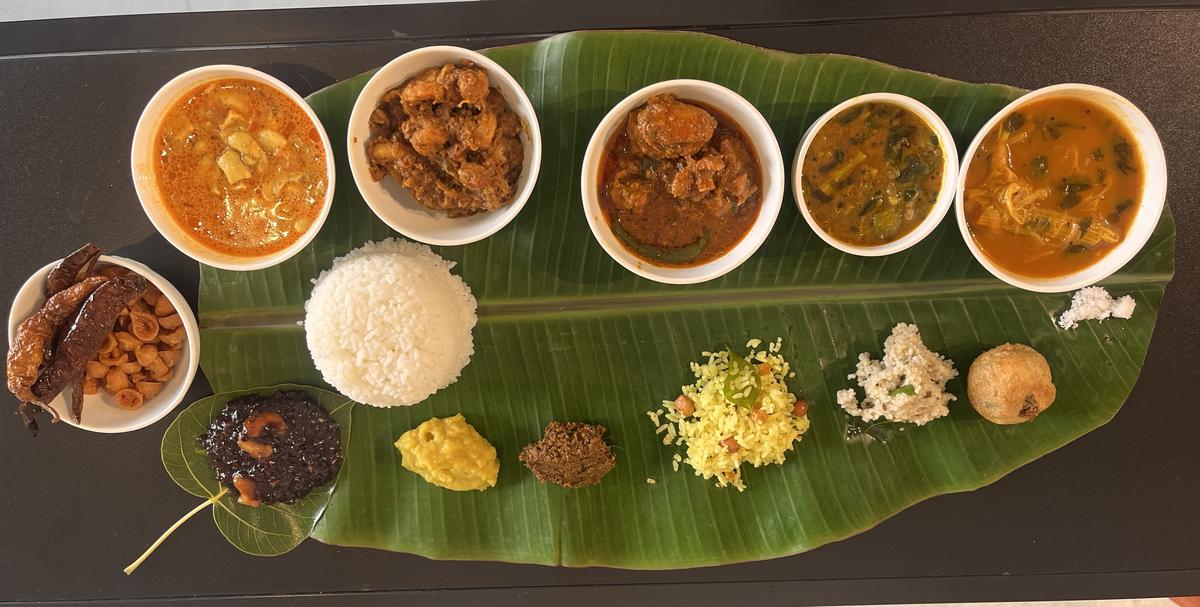
The food that was served
| Photo Credit:
Prabalika M Borah
Sowjanya’s culinary journey began with a sense of nostalgia — a desire to keep the food of her grandmother and mother alive. While she first relied on memory to recreate beloved dishes, she soon realised that was not enough. Driven by curiosity and a deepening connection to her roots, she began learning directly from her mother and aunts, steadily immersing herself in the food culture of Uttar Andhra.
“The cuisine of this region isn’t about overwhelming spice,” she explained. “It’s flavourful, yes, but the aroma doesn’t always come from dry whole spices. It often comes from the core ingredient itself.” She offers the junugulu boorelu as a case in point. At first glance, it resembles the more familiar poornam boorelu — deep-fried dumplings stuffed with sweet lentil filling. But take a bite, and you will know it is different. Here, the filling is made from cooked red beans (locally known as junugulu), which are ground into a coarse paste, mixed with jaggery and freshly grated coconut, then dipped in rice flour batter and deep-fried. “And no,” she added with a smile, “Junugulu has nothing to do with pungulu (mini idli-batter fried dumplings) ). The names may rhyme, but the dishes are poles apart.”
During our meal, Sowjanya laid out an impressive spread. There was aavapindi pulihora, a mustard and lemon-flavoured rice tempered with red chillies; oodala talimpu, barnyard millet sautéed in ghee with chillies and curry leaves; and minumala pacchadi, a coarse, spicy chutney made from black urad dal.
Next came the curries: jeedipappu kobbari paala koora, a delicately spiced dish of tender cashews cooked in fresh coconut milk, and matki pappu, which was entirely new to me, but a comforting moth dal cooked with fenugreek leaves, a delicacy hailing from the tribal regions of Vizianagaram. Guna chaaru reminded me faintly of dappalam, but with a twist — it was made from semi-ripe jackfruit and moringa leaves, balanced with tamarind and jaggery.
To finish, there was kala bhatti paramannam, a rice dessert made using desi black rice, coconut and jaggery, delicately perfumed with edible camphor and cardamom. Notably, the dessert contained no dairy at all, a nod to the plant-based richness of traditional sweets from the region.
Sowjanya was the Culinary Lounge as part of Onamaalu.
Published – July 24, 2025 01:31 pm IST




